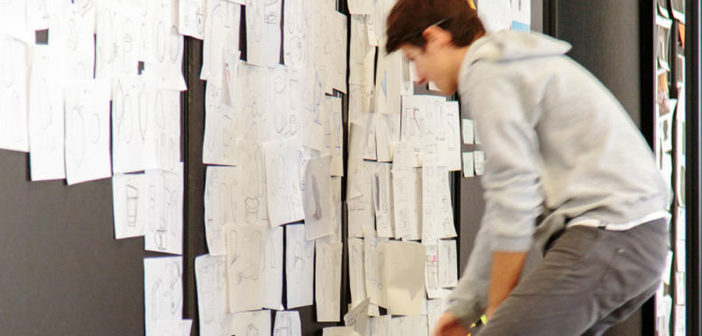Of course predicting the future is impossible, but Frog can help you make an educated guess.
People everywhere wish they could look into a crystal ball and see their future—or at the very least, the future of their investments, business, and career. Frog, the global design consultancy, has developed a technique that’s probably about as close as we’ll get to prophecies told via glass orb.
Frog’s New Office Is Designed To Protect Its Most Secretive Clients
It’s called “futurecasting.” And Frog’s clients hire the design firm to spend weeks or months evaluating how the world may change, and what new products and services may be needed as a result. It’s essentially a disruption simulator. The system involves lots of research as to where things are headed, envisioning worlds that may embody such trends, and even writing fictional headlines that flesh out the possibilities.
With such a forecast in hand, businesses can design to problems or opportunities that are on average about five years out.
“It’s not about predicting the future, per se,” says Sean Rhodes, executive creative director at Frog New York. “What we’re working to do is just trying to think about the future in a little bit more of an open way, which helps us to overcome our inherent built-in biases that really limit the creative thinking about where we’re going.”
During our Innovation Festival event in New York, Frog invited us in to try futurecasting firsthand.

1. DEFINE THE TIME FRAME
Before you get going with futurecasting, it’s key to set a time frame.
“It’s usually not any less than five years. It can be up to 10, 15, even 30 years,” says Rhodes. “It depends on the industry, the particular clients, and their needs.”
The automotive industry is a perfect example of where a 5- to 10-year futurecast makes sense. Car models are built with about a five-year life cycle before they’re refreshed. So 5 years is really a minimum, while 10 years only takes you two car models into the future.
Slower moving industries might go even further out. For any company that is dominant in its field and faces less day-to-day competition from other companies, looking a few decades in advance—as hazy as those views might get—could be beneficial for prioritizing particular initiatives or research.
“They’re saying, ‘Okay, our direct competitors are no longer threatening us. We’re not quite sure where the pressure is coming from. How is our industry changing or shaping?’” says Rhodes. An example? “We’re working right now with someone in the financial services sector. They provide a lot of the software that runs, basically, every retail bank in the country. That industry moves very, very slowly. For them, their time horizon is closer to 10 or 15 years out.”
Why not go 30 years into the future? Such foresight begins to outpace the life-span of employees, so much so that even a perfect prediction might be lost to employee churn. “I think once you start to get out that far, you start to get into the realm of it being more academic and less commercially viable,” says Rhodes.
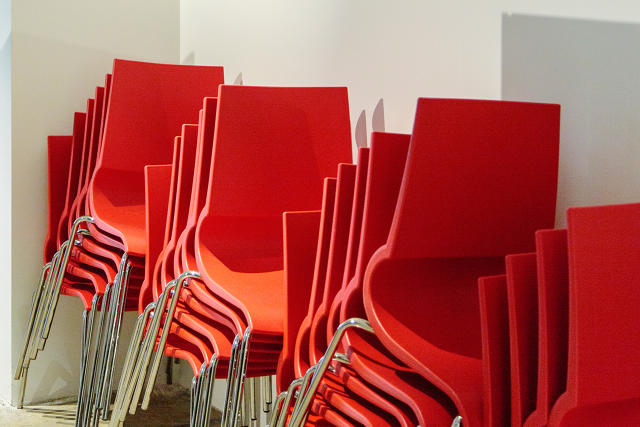
2. DO RESEARCH—AND SPOT WHERE A BUSINESS MIGHT FAIL
Everything about futurecasting is only as good as the research you put into it. So for the futurecasting workshops Frog puts on for clients, the company generally spends a minimum of two weeks just doing research on the future of any given industry—though for large projects and clients, that timeline can quickly balloon to six months.
Sources include user studies, scientific research, and news—anything that can help identify trends that are affecting the world at large. The key, however, is that Frog’s researchers cast a wide net about all sorts of things outside the industry because they want to highlight developments outside the myopic view of any one industry.
With all of that research in hand, Froggers begin to highlight trends. But not just any trends. Frog wants to find trends that could actually damage the core stability of client business.
“Think about a business as a three-legged stool,” Rhodes explains, with each leg being a core asset of the company. “Kick the legs out of the stool.”
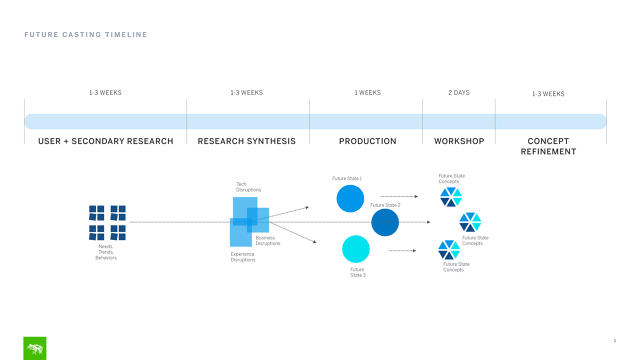
[Image: courtesy Frog]
In other words, if you were a cheap, regional air carrier, your advantages are probably pricing and speed of commute. But what if security measures keep slowing down TSA lines at airports (hypothetical trend one), and autonomous cars could drive faster, safer, and legally down interstates (hypothetical trend two)? Suddenly that cheap, fast airline might not be as cheap or as fast as the competition.

3. CREATE NEW WORLDS WE MIGHT LIVE IN TOMORROW
Once the research is done, the fun begins. Frog actually spins these trends into archetypal future worlds. The key here is that there’s not just one world it creates. A more likely prospect would be that Frog creates three potential archetypes that it’ll use for the rest of the process.
“Just borrowing a little bit from science fiction, if you think about Star Wars versus Star Trek versus Battlestar Galactica, one is very dystopian, one is very utopian, one is, I’m not sure really exactly how to classify Battlestar Galactica,” Rhodes says. “Now let’s say you were going to create a school that was going to train the cadets of the Star Fleets of all of those worlds. They would each have their own distinct fields based on the worlds that they live in. I think we would look to create those worlds as distinctly as possible in order to stimulate the thinking, or get someone in a very different mind state. That’s the way we really scope those worlds.”
Basically, the world is a set piece to the place your business will be in the future. Frog keeps these archetypes tightly focused. Their example for a medical company starts with a broad world label like “Globalized Health Care” or “Transparency as yhe Norm.” Then within each broad label, Frog breaks down three trends that got them to that archetype. The former might include internet doctors and importing prescription drugs, while the latter might be inspired by news stories on millennials’ willingness to openly share their data and electronic medical records.
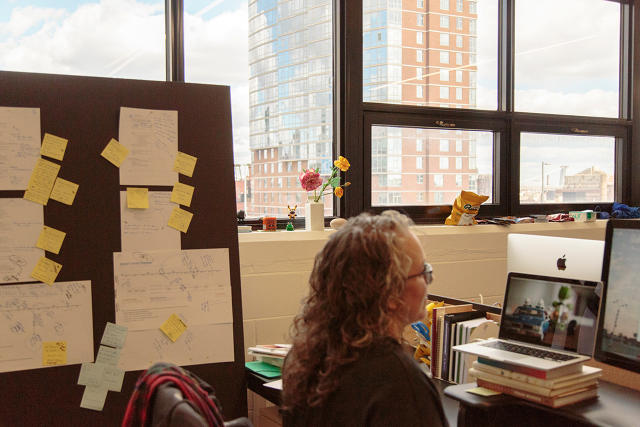
4. HEADLINE FOR THE FUTURE
The worlds are an anchor. But what really brings them to life—and I’d argue creates the real value of futurecasting as a disruption simulator—are what Frog calls “events.” Basically, these are hypothetical news headlines that might occur in each of these future realities. Frog’s futurecasters write a lot of them, too—as many as 100 for a world. But they’ll narrow them down to a few to focus on the ones that might be the most impactful, or defining, to a company.
Rhodes offers the example: “Mothers Against Human Driving (MAHD) Marches on Capitol Hill.”
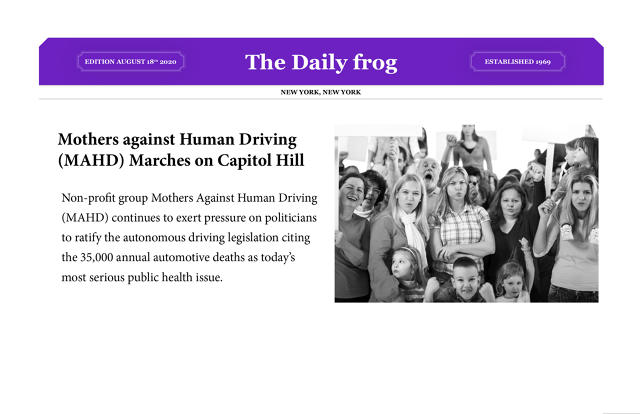
[Image: courtesy Frog]
Imagine a world where Tesla or Uber has developed a self-driving car that’s statistically the safest way to travel, proven to save lives. But culturally, people just don’t see anything wrong with driving their vehicles as they have for 100 years. What would happen then? If you consider how grassroots organizations have risen against public smoking and drunk driving—both of which were more or less culturally approved practices that caused unnecessary deaths—then maybe it’s not crazy that a coalition of mothers would step forward and fight for the rights of a major organization.
“The reason why that headline is important, is if you have someone like Uber, like Ford, any of these guys that, let’s say they haven’t advanced the technology to the right place, and they’re just having trouble with legislation,” says Rhodes. “Potentially what they’re doing is they’re working with grassroots organizations to, the fictitious Mothers Against Human Driving, to begin to drive change into other sectors who aren’t directly related to their products.”
Rhodes is quick to point out that Frog isn’t making a literal future prediction with its headline (though some of Frog’s futurecasted headlines from the past get spookily close).
“We looked back at some of the things written back in 2001. There were a couple of events that you really can see coming through today,” says Turi McKinley, executive principal design director at Frog. “‘Seventy-Five Percent of New Phone Numbers Issued for Converged PDA Devices.’ Converged PDA devices today are the iPhone and all the smartphones! You think about the penetration of that. That was really helpful for the client, who were working at, thinking about how their business could change.”
“Another one was, ‘Pop Singer Achieves Popularity through Internet.’ Not big record labels. The first major pop star has risen entirely through self-exposure through the internet and self-promotion,” she continues. “That is very much a trend that exists today!”
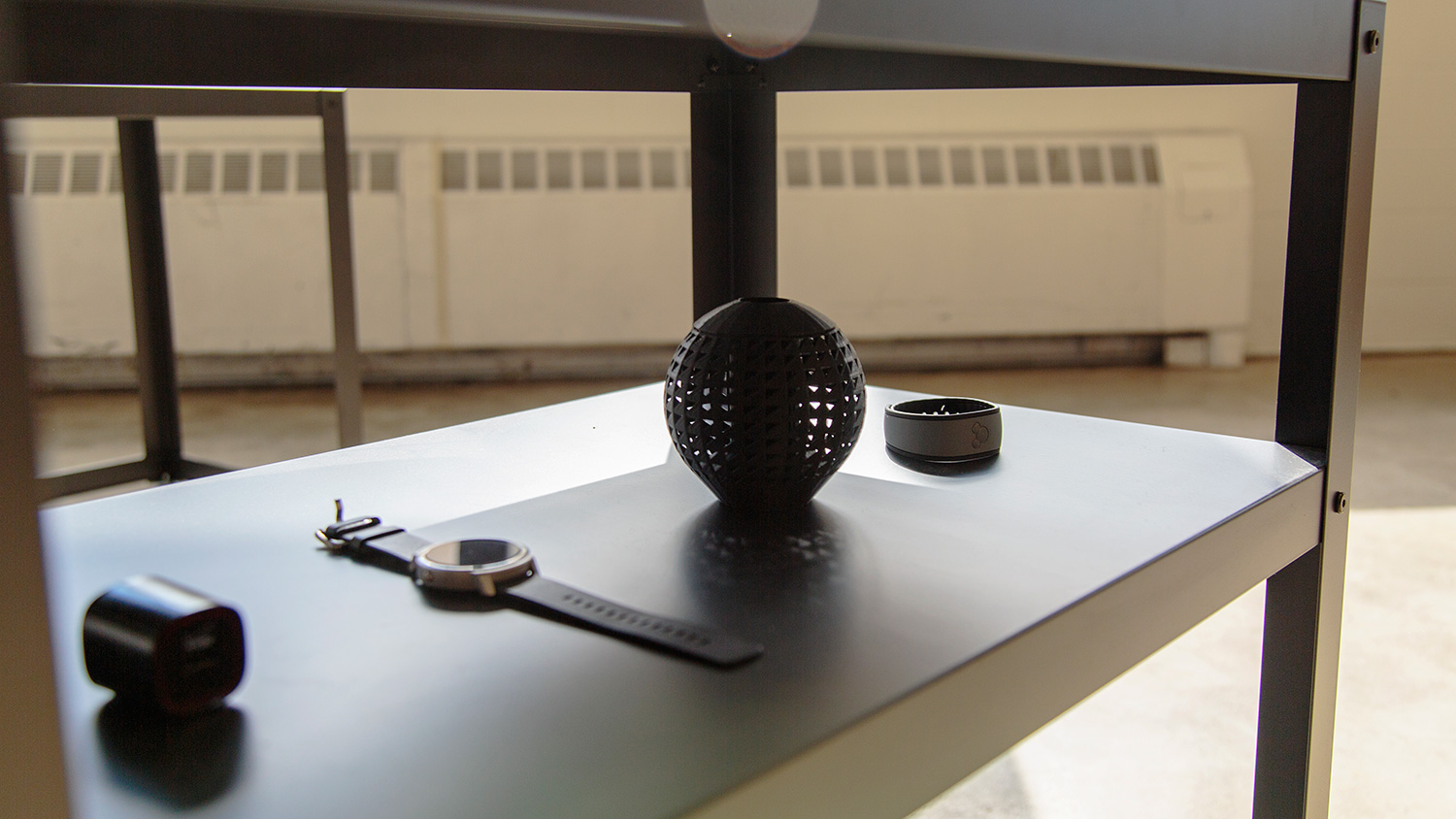
5. DESIGN FOR THE OPPORTUNITIES IN THE FUTURE
With these headlines in place, Frog invites companies into its studio to lead brainstorming sessions focused specifically on how their business could or would address these hypothetical events. One example that was floated, back to the regional airline example: If it’s faster, cheaper, and easier to go on vacation via car, what could the airline do? It could make the plane ride a trip worth taking again. How about it partners with a Disney, and design the plane ride to Disney World as part of the magic? Or maybe, instead of a business class that prioritizes putting you to sleep, you could work out on a bike, or collaborate with a colleague through new seating?
“They create a set of ideas of how they’re going to react to that possible future,” says McKinley. “They prioritize the ones that they think are most interesting for them.” At the end of two days of collaborative work between a client and Frog, hopefully the client has at least a few good leads to brace for the future’s impact.
While all this might sound like a game of sci-fi, the truth about futurecasting is that it gets to a fundamental issue about design. Design is ultimately about building a specific solution to an identifiable problem. And futurecasting at its core essentially lists the problems of the future. So rather than simply iterating a product or service, it’s a way for a company to consider new problems to solve—and maybe even put the early steps into place, preparing to meet those challenges head-on in 5 or 10 years.
“I think at the heart of this, we read a lot about cognitive biases that we have. Just inherently, the way our brains have evolved is to really focus on the present and less on the future,” says Rhodes. “This is the reason why when we see a lovely piece of broccoli and then a candy bar, we’re naturally drawn to that candy bar. I think one of the things that futurecasting does is helps to open the mind to other longer-term thinking that our brains really haven’t evolved to do very well.”
If you’d like to try futurecasting within your business, Frog plans to release a DIY tool kit in 2017.
This article first appeared in www.fastcodesign.com
Seeking to build and grow your brand using the force of consumer insight, strategic foresight, creative disruption and technology prowess? Talk to us at +9714 3867728 or mail: info@groupisd.com or visit www.groupisd.com

